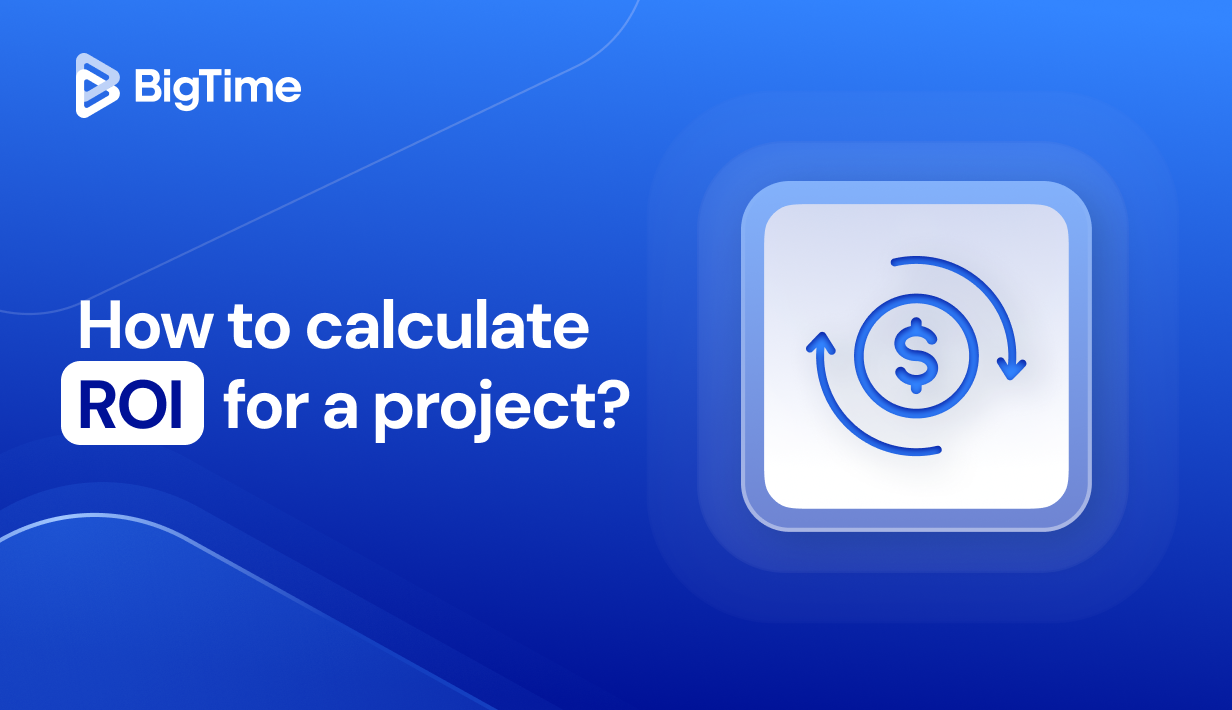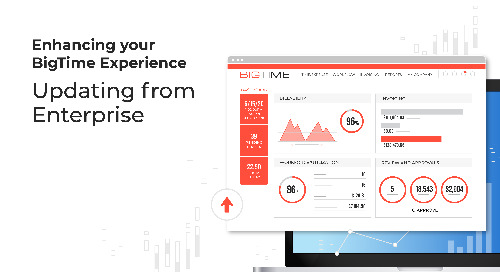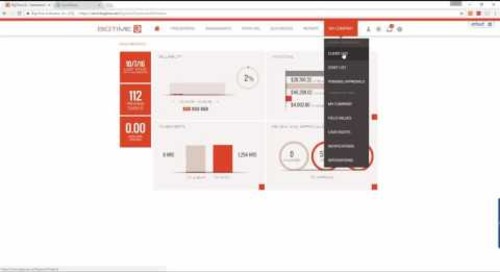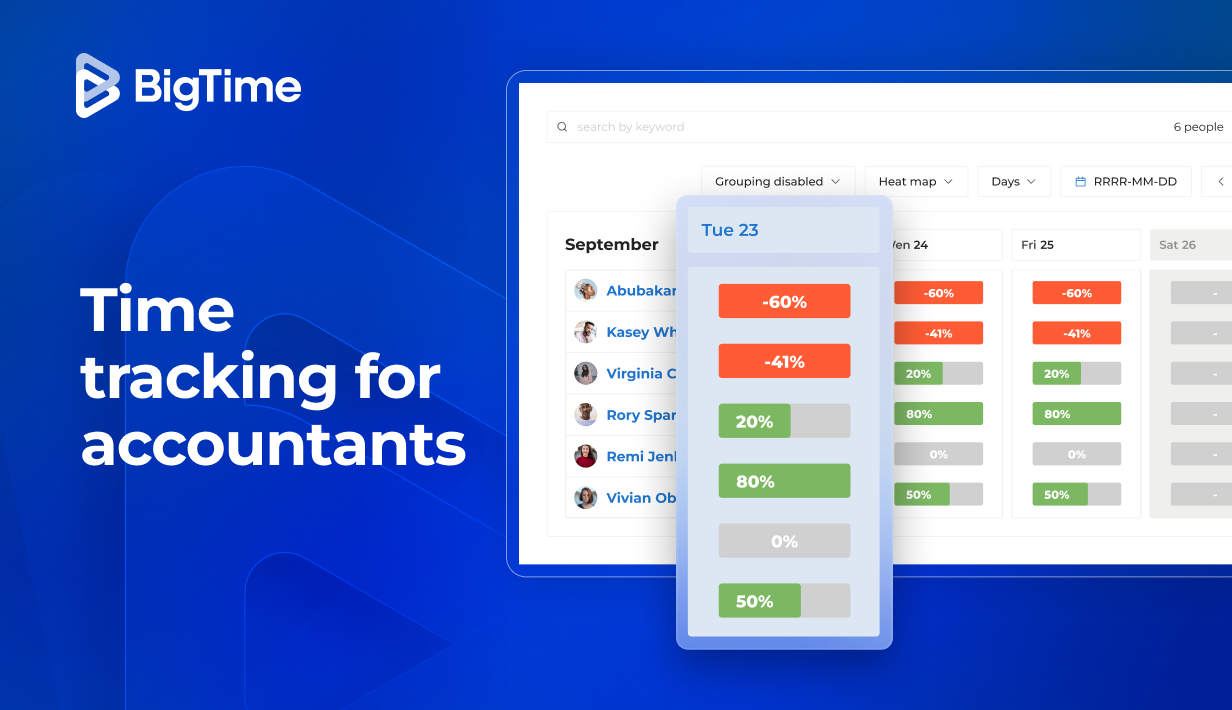Measuring project success goes beyond meeting deadlines and staying within budget; it’s about ensuring that every effort contributes to the organization’s bottom line. That’s why knowing how to calculate ROI for a project is a must-have skill for every project manager.
In this guide, we’ll break down how to calculate return on investment for a project, explain why tracking project ROI matters, and give you practical tools and examples to make the process simple and reliable.
What is return on investment (ROI)?
Return on Investment (ROI) is the percentage ratio of net project gains to total project costs, showing how effectively resources are converted into measurable value. In simple terms, it shows how much value or benefit you gain compared to what you spent.
Generally, ROI is expressed as a percentage, making it easy to compare different projects or investments side by side. In project management, it helps stakeholders understand whether a project is delivering enough value to justify its costs.
Types of ROI
When learning how to calculate ROI for a project, it’s important to recognize that ROI isn’t always a fixed number. In project management, we usually work with two types of ROI: anticipated ROI and actual ROI. Those are:
Anticipated ROI
Anticipated ROI is the projected return calculated before the project begins. It relies on forecasts, assumptions, as well as estimated costs and expected revenue.
Project managers and stakeholders use anticipated ROI to evaluate whether a project is worth pursuing, secure funding, and compare competing initiatives. While it is extremely helpful for decision-making, expected ROI carries a degree of uncertainty because it is based on predictions rather than real results.
Actual ROI
Actual ROI is measured after the project has been completed, using real financial data. It reflects the true value the project delivered compared to its costs. Actual ROI helps organizations validate whether their initial assumptions were correct, identify gaps in planning, and refine future project evaluations. Unlike anticipated ROI, actual ROI provides concrete evidence of project’s financial success, helping project managers see whether their initial investment was worth the effort.
| Aspect | Anticipated ROI | Actual ROI |
| Timing | Calculated before project execution begins | Calculated after project completion |
| Data Used | Forecasted costs and benefits | Real costs and benefits |
| Purpose | To evaluate feasibility and justify investment | To measure actual performance and validate assumptions |
| Accuracy | Can vary depending on assumptions and external factors | Highly accurate since it relies on actual results |
| Key Value | Helps in decision-making and prioritizing projects | Provides evidence of success and lessons for future projects |
Return on investment (ROI) – formula
The standard ROI formula is simple, yet powerful.
ROI = Net Benefits / Total Costs * 100%
Where:
- Net Benefits = Total Benefits (financial gains, cost savings, or added value) – Total Costs (all expenses associated with the project).
- Total Costs = The complete investment made in the completed project, including labor, materials, overheads, technology, and other direct or indirect expenses.
What project costs should be included in ROI calculation?
When calculating project ROI, it’s essential to capture all costs involved in delivering the project. Missing expenses can lead to inaccurate ROI figures, making a project look more profitable—or less—than it truly is. To ensure precision, project costs should be divided into clear categories.
Direct Costs
Direct costs are expenses that can be directly tied to the project’s execution. These are usually the easiest to identify and calculate. Typically, they include:
- Labor costs: salaries or hourly wages of team members working on the project (e.g., developers, designers, consultants), directly tied to resource allocation.
- Materials and supplies: raw materials, equipment, or resources required to complete the project.
- Software and tools: licenses or subscriptions needed specifically for project tasks (e.g., design software, project management tools).
Indirect Costs
Indirect costs, often called overheads, support the project but are not directly linked to specific deliverables. Those include:
- Administrative costs: HR, accounting, or management resources supporting the project.
- Utilities and facilities: money spend on electricity, internet, or workspace costs proportionally allocated to the project.
- Training & Onboarding: Costs associated with preparing the team to use new tools or processes.3. Opportunity Costs
Risk-Related Costs
Every project faces risks, and managing them incurs costs that should be considered in ROI calculations. Typically, such additional costs include:
- Contingency funds: extra budget allocated for unexpected challenges.
- Insurance or compliance costs: expenses required to reduce legal or financial risks.
- Failure & rework costs: costs from errors, defects, or failed project dependencies that need correction.
Long-Term Costs
Some projects generate ongoing expenses beyond initial delivery. These should be factored in, especially for projects with multi-year lifecycles. They include:
- Maintenance & support: technical support, bug fixes, or product maintenance.
- Upgrade Costs: future updates required to keep the project relevant.
- Depreciation: loss of value in equipment or assets over time.
Positive ROI vs negative ROI
When calculating project ROI, results can be either positive or negative. Both outcomes reveal critical insights into project performance and are the key to understanding ROI.
A positive ROI means benefits exceeded costs, showing the project delivered profit or value. It confirms success, builds stakeholder trust, and justifies future investments. A high ROI indicates high profit margins and is a direct indicator of a high net income from the project.
On the other hand, a negative ROI means costs outweighed benefits, resulting in a financial loss. While undesirable, it highlights inefficiencies and provides lessons for better planning.
How to calculate ROI? A guide
Calculating how much profit your project generated doesn’t have to be complicated. Below is a simple process that combines identifying costs, measuring revenues, and applying the ROI formula.
Identify project costs
The first step in ROI calculation is to capture every expense associated with the project. Missing or underestimating costs can inflate ROI and give a misleading impression of profitability.
Start by gathering all direct costs, such as labor, materials, and software licenses. Then, include indirect costs like utilities, administrative support, and training. Don’t forget about risk-related and long-term costs, such as maintenance, insurance, or ongoing system upgrades. For advanced ROI metric assessments, you may also want to consider opportunity costs, representing the value of projects you chose not to pursue.
Determine project revenue and net profit
Once costs are established, the next step is to calculate the financial benefits your project generated. Project revenue can take many forms depending on the project’s goals:
- Increased sales or new revenue streams
- Cost savings from efficiency improvements
- Reduced waste, downtime, or manual work
- Strategic value, such as improved client retention or market expansion
After identifying revenue, calculate the net profit by subtracting total project costs from total project benefits:
Net Profit = Total Benefits − Total Costs
This number represents the actual financial gain (or loss) the project delivered.
Use ROI formula to calculate the return on investment
With total costs and net profit determined, apply the ROI formula:
ROI = Net Benefits / Total Costs * 100%
The result is expressed as a percentage. A positive ROI means the project was profitable, while a negative ROI shows it produced a financial loss.
Calculate project ROI: example
To see how project ROI works in practice, let’s look at an example from a professional services company delivering a client project.
A consulting firm takes on a six-month digital transformation project for a client. The project involves strategy workshops, software implementation, and staff training.
Step 1: Identify Project Costs
First, the company needs to understand the cost of investment. To do that, its managers have calculated the total project costs:
- Labor Costs (consultants, developers, trainers): $120,000
- Software Licenses & Tools: $20,000
- Administrative & Overheads: $10,000
- Training & Support Costs: $5,000
Based on this data, the total costs are $155,000.
Step 2: Determine Project Benefits
Based on the acquired data, the project delivers measurable financial benefits for the client and the consulting firm:
- Revenue from Client Fees: $220,000
- Efficiency Gains (e.g., automation saving internal labor hours): $10,000
Therefore, total benefits are $230,000.
Step 3: Calculate Net Profit
Based on the total benefits the company has acquired, we can now start calculating the actual financial value we get from the project using the following formula:
Net profit = Total benefits – Total expenses
Based on the provided data:
Net profit = 230 000 – 155 000 = $75 000
Step 4: Apply the ROI Formula
Then, the company needs to apply all that data to the following ROI formula:
ROI = Net Benefits / Total Costs * 100%
ROI = 75 000 / 155 000 * 100% = 48.4%
Based on the final value, we can determine that the project generated an ROI of 48.4%, meaning the company gained nearly half of its investment back as profit.
Benefits of calculating return on investment
Understanding how to calculate ROI for a project goes beyond financial math; it equips organizations with the insights needed to make smarter, more strategic decisions. Still, that’s just a fraction of benefits of ROI calculation. Other benefits of measurig investment returns include:
- Better Decision-Making – ROI helps compare different projects, showing which initiatives will deliver the greatest value and deserve priority.
- Improved Resource Allocation – By knowing which projects generate the highest returns, managers can assign people, time, and budgets more effectively.
- Stronger Stakeholder Confidence – A clear ROI figure demonstrates project value in financial terms, making it easier to secure buy-in and funding.
- Performance Measurement – Comparing anticipated ROI with actual ROI helps evaluate execution quality, make informed decitions and refine future planning.
- Strategic Alignment – ROI ensures projects contribute directly to company profitability and long-term business goals, not just short-term outputs.
How to automate ROI calculation?
Calculating project ROI manually in Excel may seem straightforward, but in reality, it can be time-consuming, error-prone, and difficult to scale. Tracking every cost, updating formulas, and pulling data from multiple sources often creates inconsistencies that affect decision-making. For professional services companies managing multiple projects at once, manual ROI calculations are simply not sustainable.
Fortunately, modern project management and PSA (Professional Services Automation) tools offer smarter solutions.
How can BigTime help you with monitoring project finances?
BigTime is a leading PSA software designed specifically for professional services firms, giving managers complete visibility into project performance, including financial KPIs like ROI. Instead of juggling spreadsheets, teams can rely on BigTime’s built-in tools to track costs, monitor progress, and evaluate profitability with precision with:
- Automated Time & Expense Tracking – Ensures accurate billing and cost allocation without manual data entry.
- Real-Time Budget Monitoring – Tracks project spending against forecasts to prevent overspending.
- Profitability & Utilization Reports – Delivers instant insights into margins, resource usage, and cost efficiency.
- Customizable Dashboards – Visualize KPIs, including ROI, in real time for clear project health overviews.
- Integration with Accounting Tools – Connects with QuickBooks, Sage, and other financial platforms to eliminate data silos.
- Scenario Testing & Forecasting – Helps project managers evaluate different budget or resource allocation scenarios before committing.
With BigTime, ROI is no longer just a number calculated at the end of a project. Instead, managers can track profitability as the project progresses and take corrective action before issues escalate.
Ready to see how BigTime can transform your project financial monitoring? Book a free demo with BigTime today and start optimizing ROI for every project.




